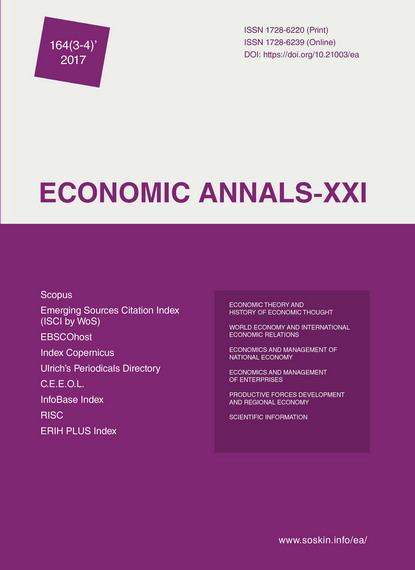
Land relations: features of transformation in modern Russia
Introduction. Implementation of land reform has had a significant impact on the transformation of the regional agricultural policy through the change of organisational and economic conditions, forms of land ownership, setting priorities in agricultural production. Monitoring of the current state of the land relations system and transformation trends makes it possible to estimate the results of the changes. The purpose of the research is to suggest tools enabling to estimate structural changes of land ownership at the regional level. Results. The authors outlined three stages of economic and statistical estimation of land transformation. The first stage contributes to the description of the regional changes in the forms of agricultural land ownership, redistribution of funds, and of information about producers’ right to land in the Volga economic region of Russia. The biggest increase in the area of legal entities’ lands is observed in Saratov, Penza and Ulyanovsk regions. The second stage presupposes the use of the systemic and structural approach. The calculation of relative indices makes it possible to analyse the changes in areas under cultivation of various crops. It has been found that farmers are inclined to ignore crop rotation recommendations in order to maximise profits. The third stage considers the estimation of structural shifts of the areas under cultivation, taking into account various forms of land ownership. The structure of ownership as for 1990, 2005, 2010 and 2012 differs, which outlines both legislative and economic changes in the Russian agriculture. Conclusion. We found out that economic interests of agricultural producers affect the changes in the structure of sown areas in Saratov region. The proposed methodological approach makes it possible to estimate structural transformation of the lands and define the directions of their use by different types of farms involved in the agricultural production.
More...











